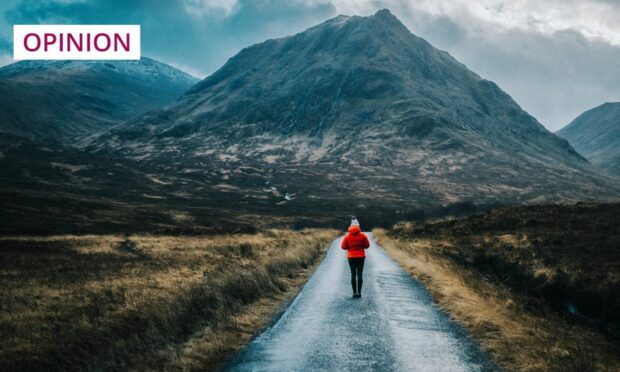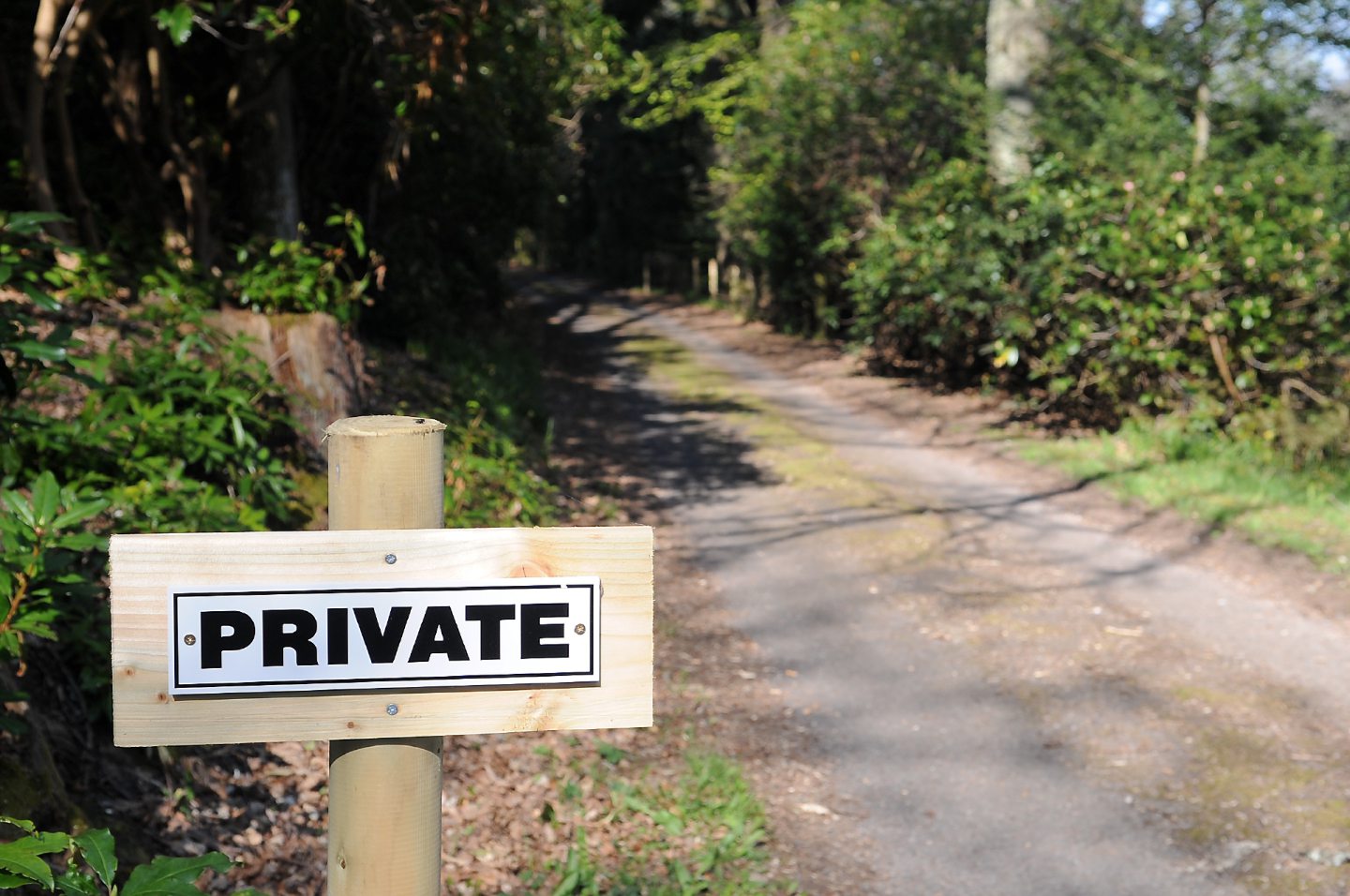Forests, beaches, hills and farmland can all be lovingly explored in Scotland thanks to our laws. We don’t know how lucky we are, writes Ben Dolphin.
When you go for a walk, where do you go?
A woodland? A riverbank? A beach? A hill? Perhaps a field edge? In Scotland, maybe all of the above in one walk!
Enjoying such places is second nature here, but try accessing those things elsewhere in the world and you’ll quickly come unstuck. As I did in Ontario a few years ago.
Lake Erie has no hills to walk; just pancake-flat farmland, as far as the eye can see. Farmland is private, so the only option for stretching my legs was the lake shore, along the endless beach.
But I couldn’t go more than a few hundred metres without encountering barriers: fences in the water, intimidating signs, security guards.
Ontario residents have long been campaigning for “the right of passage” along the Great Lakes shores. They’re not even asking for the right to sit down, only for the right to walk through. And, even then, only between the high and low waterlines.

Closer to home, the differences are equally stark, especially when I visit family in the West Midlands. To be fair, the path network down there is good. It’s comprehensively mapped and signposted, and generally connects well between villages.
But, if you see some open land – a curious ruin or hill fort, perhaps some beautiful woodland – you can’t generally veer off specified paths to explore more closely. You don’t have the right and are met with “PRIVATE” this, “PRIVATE” that.
They do have “Open Access Land“, where the public have rights to wander without sticking to paths. But only on foot. No cycling or horse-riding, not without landowner permission.
Outdoor Access Code isn’t perfect, but it’s fantastic
The English situation is regressing further from even that low bar on Dartmoor, where long-held rights to camp were overturned just last month. Appeals are underway, galvanising thousands of people down south to step up their campaign for their “right to roam”. This as we in Scotland celebrate 20 years since the Land Reform (Scotland) Act enshrined our access to most land and water.
The Act, in turn, gave birth to 2005’s Scottish Outdoor Access Code. For both the public and for land managers, the code spells out in plain language the dos and don’ts, the cans and can’ts, for every conceivable outdoor situation.
That’s not to say the guidance is unambiguous. Having referred to the code in a professional capacity, both as a land manager and an access authority, I admit, I’ve occasionally found its grey areas… inconvenient.
But, I also recognise that, because every situation is different, having black and white guidance isn’t necessarily helpful. The code’s greyness, its emphasis on what is “reasonable”, is more its strength than its weakness, as it allows room for dialogue, discussion and flexibility.
It’s definitely overdue an update, though, to keep it relevant. Many recreational pursuits have appeared or grown significantly in popularity in the 18 years since the code’s publication, and are notably absent: disposable barbecues, drones, ebikes, geocaching.
But these are small gripes when you consider just how much useful practical guidance is in there. As a document, I think it’s fantastic, but the Outdoor Access Code itself isn’t widely known in Scotland.
A truly equal society needs equal access to land
The last survey of recreation habits estimated that Scottish adults make 546 million outdoor visits every year, and only 2% of respondents said their visits were hindered by obstructions such as locked gates, barbed wire fences, or by unwelcoming signs. That’s impressive, but it still equates to nearly 11 million obstructed visits, so there’s certainly no room for complacency.
There are, after all, hundreds of access issues that most of us never hear about. And they mean every bit as much to the people encountering them as any high profile access issue the national media might pick up.
While some will cite such difficulties as evidence that access rights are problematic, most problems CAN be resolved
It’s the trip to the shops. The cycle to work. The daily dog walk. It’s long-standing short-cuts in and around towns. It’s land managers having their businesses or operations disrupted.
I’ve dealt with many such cases over the years, and few are as straight-forward to resolve as they initially seem. Resolution takes time, effort and no small of amount of diplomacy. And, while some will cite such difficulties as evidence that access rights are problematic, most problems CAN be resolved.
Outdoor access is massively important for physical and mental health, connecting with nature, escaping urban pollution, for education and for research. Plus, I’m not sure you can ever have a truly equal society without open, equal access to the land.
So, on its 20th birthday, let’s follow Ramblers Scotland’s lead by taking stock and commending all those individuals, landowners, volunteers and organisations who helped make the Land Reform (Scotland) Act a reality, and everyone who has ensured its success since.
Oh, and if you ever doubt the value of our access legislation, my advice would be: take a holiday. There’s nothing quite like seeing your country from afar to make you realise what you have.
Ben Dolphin is an outdoors enthusiast, countryside ranger and former president of Ramblers Scotland



Conversation